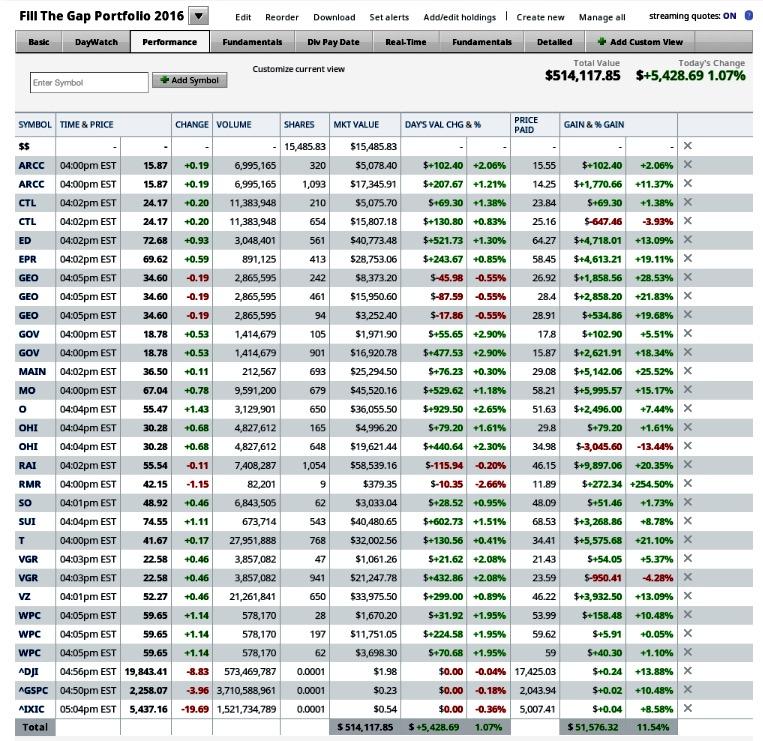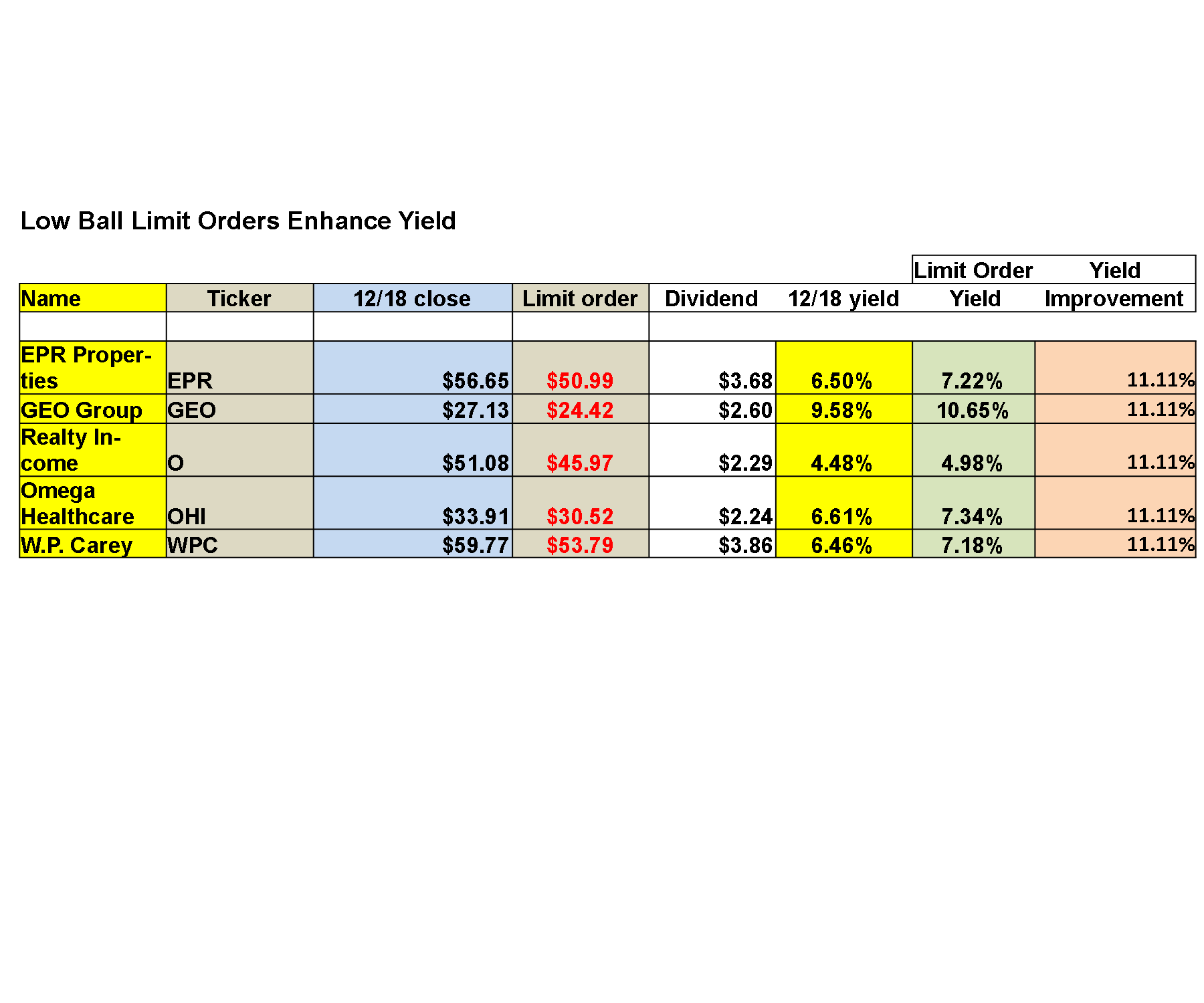

Map your unique road to retirementīefore we buy into the scare tactics, we should note that these estimates actually raise more questions than they claim to answer. And big numbers like these can strike fear in the heart of even the most prudent would-be retiree. Rommero Carrillo, Head of Corporate PPA Desk at Pexapark, said: “As the global energy transition continues at pace, it is clear that corporates don’t want to be left behind and are increasingly turning to renewable energy to power their operations”.To hear Wall Street tell it, you need to amass between $1 million and $2.5 million in retirement savings if you want to live comfortably when you quit the 9-to-5. Pexapark’s pre-transaction advisory services to both experienced energy traders in industrial corporations, as well as those corporates seeking to ensure their operations are powered by renewable energy, by helping to compare different PPA structures and look at the overall value of PPAs across their total duration.
Fill the gap portfolio how to#
Pexapark and its suite of quantitative and analytical tools, can help corporates understand the fair value of energy and how to price risks, in exactly the same way that sellers are having to in this new world of post-subsidy energy trading. PPAs are one way of doing this, enabling them to hedge against price volatility and reduce the cost of energy consumption.

To do this successfully, however, they need to fill the gaps in their existing energy trading expertise. This type of corporate organisation is capitalising on the added-value brought about by renewable energy which makes them more competitive and puts them in stronger negotiating positions for big industrial contracts. Meanwhile, more sophisticated industrial energy buyers are increasingly turning to PPAs as they too face rising ESG pressure to decarbonise their value chain. With demand for renewable energy growing, consumer-facing corporates – such as retailers – are signing virtual PPAs for the first time to demonstrate that their operations are being powered by green energy. Traditionally, corporate buyers have procured energy over one to three-year terms, but in the new world of renewable energy trading, they are having to hedge procurement risk over much longer time periods. This shift is being driven both by energy-intensive industrial companies, such as manufacturers, for whom energy forms a large proportion of their costs, and consumer-facing corporates transitioning to renewable energy as part of their decarbonisation and environment, social and governance (ESG) goals.Īs generators of renewable power are mitigating against merchant market risk by equipping themselves with the tools to negotiate 10 to 15 year PPAs, so too are corporations looking to go green with their energy consumption. Last year saw record numbers of corporations purchasing clean power and that record is set to be broken again in 2021, as corporates increasingly turn to clean power for their energy needs.Īccording to Pexapark data, the number of corporates signing power purchase agreements (PPAs) in 2021 is up 37 per cent on 2020, year-to-date.
Fill the gap portfolio software#
Pexapark, a provider of software and advisory services for a post-subsidy renewable energy world, has launched a new offering aimed at corporates, as an increasing number enter the market for renewable energy.


 0 kommentar(er)
0 kommentar(er)
